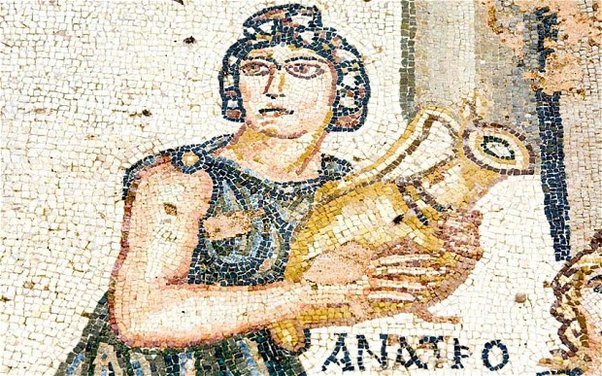The History of Sangria
Sangria, the vibrant and fruit-infused wine drink, has captivated the hearts of people across the globe, becoming a symbol of festivity and togetherness. This article delves into the fascinating origins of sangria, tracing its evolution from ancient times to its status as a beloved staple in modern celebrations. Discover how this exquisite concoction has stood the test of time, transitioning from a Roman empire necessity to a Spanish cultural icon, and finally to a global phenomenon.
The Ancient Roots of Sangria
The story of sangria begins in the era of the Roman Empire, as they expanded their territory across the Iberian Peninsula. With the Romans came the vineyards, introducing the practice of winemaking to the region. However, it was their habit of fortifying water with wine, herbs, and spices to eliminate bacteria that laid the groundwork for sangria's inception. The term "sangria" itself is derived from the Spanish word "sangre," meaning blood, a nod to the drink's traditionally deep red hue, courtesy of its red wine base.
Sangria’s Evolution Through the Middle Ages
The influence of the Moors in the Iberian Peninsula throughout the Middle Ages introduced new fruits and spices to the region, indirectly enriching the sangria precursor with new flavors. Following the Reconquista, as wine consumption resumed, these ingredients found their way into the wine mixtures, adding complexity and depth to the drink's profile.
Sangria’s Journey to Global Recognition
The 18th and 19th centuries marked sangria's ascent to international fame. Travelers from Britain and France returned home from Spain and Portugal with tales of this unique, punch-like beverage. It wasn't long before sangria recipes began to surface across Europe, each iteration reflecting local tastes and preferences.
Sangria’s Breakthrough in the Americas
Sangria's popularity in the United States was catapulted by the 1964 New York World's Fair, where it was featured at the Spanish pavilion. This introduction transformed sangria into a sought-after drink for social gatherings, synonymous with leisure and enjoyment.
The Modern-Day Sangria
Today, sangria has transcended its traditional recipe to embrace a myriad of variations. While red wine remains the base for the classic version, white wines and sparkling varieties like cava have broadened its appeal. The flexibility in fruit choices, sweeteners, and additional spirits means that sangria can be tailored to individual tastes, making it a versatile choice for any occasion.
In 2014, the European Union recognized sangria's importance by declaring it a protected geographical indication, authenticating its Spanish and Portuguese origins. However, this designation has not hindered its worldwide popularity or the creativity in crafting local versions of the drink.
Conclusion
Sangria's journey from a Roman concoction to a global sensation is a testament to its versatility and enduring charm. Its rich history mirrors the cultural exchanges and innovations that have shaped our culinary traditions. As we continue to enjoy sangria in its many forms, we celebrate not just a drink, but a heritage that spans continents and centuries, inviting us to gather and share in its timeless joy.

